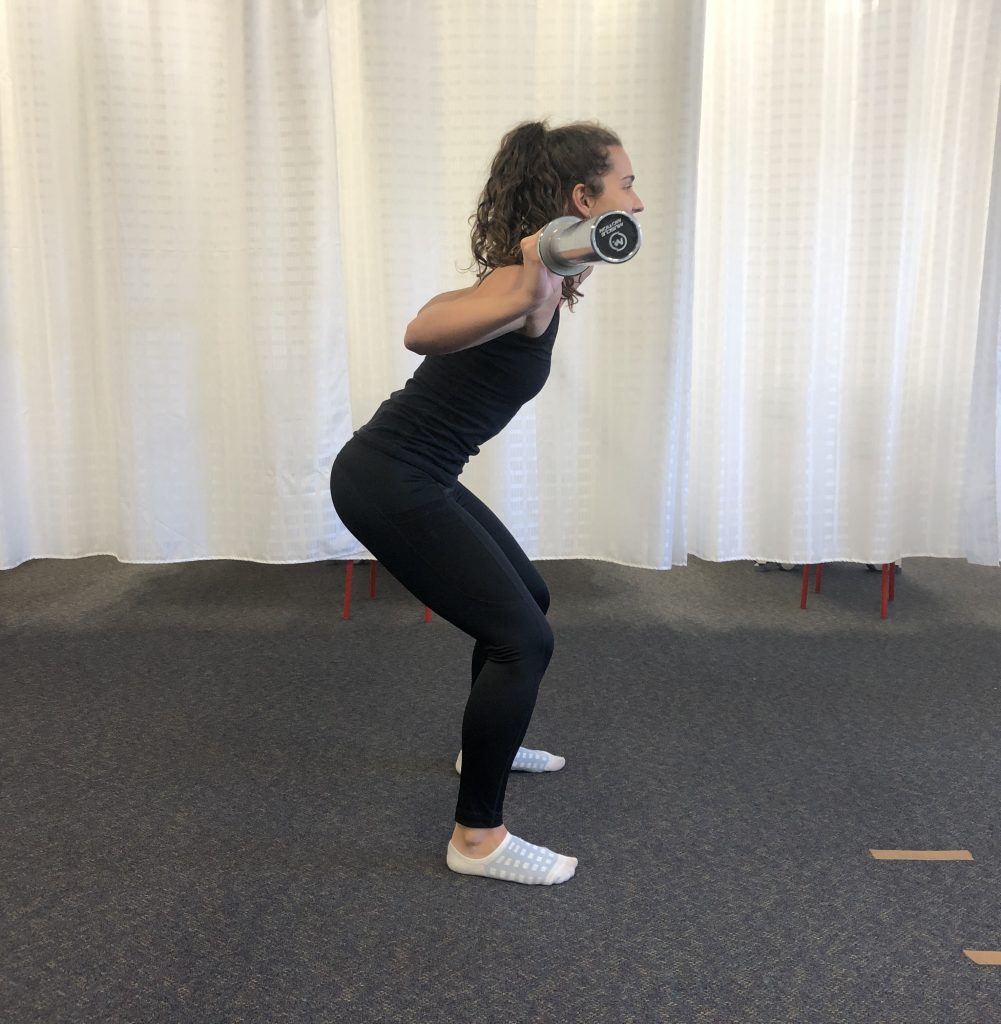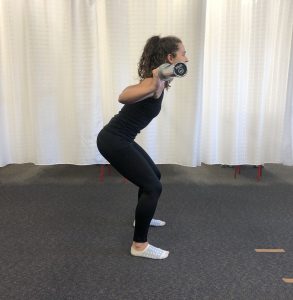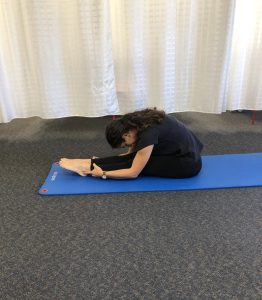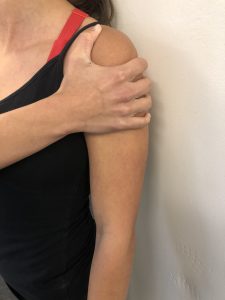The barbell squat is one of the most common exercises performed at all gyms, and for good reason too! It is not only an impressive lift to master but requires multiple muscle groups work in unison to allow a fluid, strong and safe movement. However, it is also one of the most poorly executed exercises.
The three main squat variations that are commonly performed are the low bar squat, the high bar squat, and the front squat. Each of the aforementioned variations differ in the placement of the bar, which will determine the torso angle during the movement, and therefore the degree of muscle recruitment of the quads, glutes and adductors. For ease, the focus of this blog will be on the muscle recruitment and correct form of the high and low bar squat.
What is the difference between the high bar and low bar squat?
The main differences between the high and low bar squat is the placement of the barbell on the individuals back – the high bar squat will require the barbell to be positioned on the upper trapezius muscles, whereas the low bar squat will require positioning the barbell on the posterior deltoids. The difference in bar position will determine the position of the torso and therefore determine whether the squat pattern will be more hip or quad dominant.
Without delving too deeply into the biomechanics, low bar placement will require that the torso leans slightly forward thus causing increased hip hinging. This will force the hip extensors (glutes, hamstrings, and adductors) to be favoured throughout the movement. As such the low bar squat is largely considered a hip dominant movement, allowing the translation of greater loads.
By contrast, high bar placement will force a more upright torso, requiring increased knee flexion (and therefore less hip hinging) to achieve full depth. This will place more emphasis on the quadricep muscles to dictate movement and is therefore considered a quad dominant squat pattern.
What muscle groups are involved with the squat?
To many, the squat primarily involves the lower body musculature. What is often overlooked, however, is the upper back musculature and core strength required to stabilise and support the weight on the bar and maintain a rigid torso throughout the movement. When performed correctly the upper back muscles are activated to act as a shelf for the bar and a rigid torso is facilitated via correct breathing and bracing of the core.
Maintenance of a rigid upper back and torso, in unison with correct form facilitates a safe and effective squat reducing the risk of injury.
What are the recommended steps to follow to safely perform an effective and strong squat?
For an optimal high or low bar squat execution, the steps below should be followed.
- Grab the bar and hold it as close as shoulder mobility allows for bar placement.
- Come under the bar and place it in your desired position (upper traps – high bar; rear delts – low bar)
- Pull elbows back and down, drawing shoulder blades into back pockets.
- Unrack and walk the weight out in 3 steps
- Stand in your comfortable stance with toes pointing slightly outwards.
- Look straight ahead and take a big breath (and hold it)
- Lower the weight by spreading the floor and pushing knees out in same direction as toes
- Squat as deep as your mobility allows with a neutral spine.
- Push through feet and stand up.
- Repeat step 1-9
Although seemingly straight forward, the squat is one of the most complex but rewarding exercises to execute. Recruiting multiple systems promotes the development of upper back and lower body musculature, as well as increasing force output and strength. The squat requires commitment and constant practice, but once mastered easily becomes a gym favourite.
If you have any questions concerning any of the information above, please contact our physios at Peak Performance.




